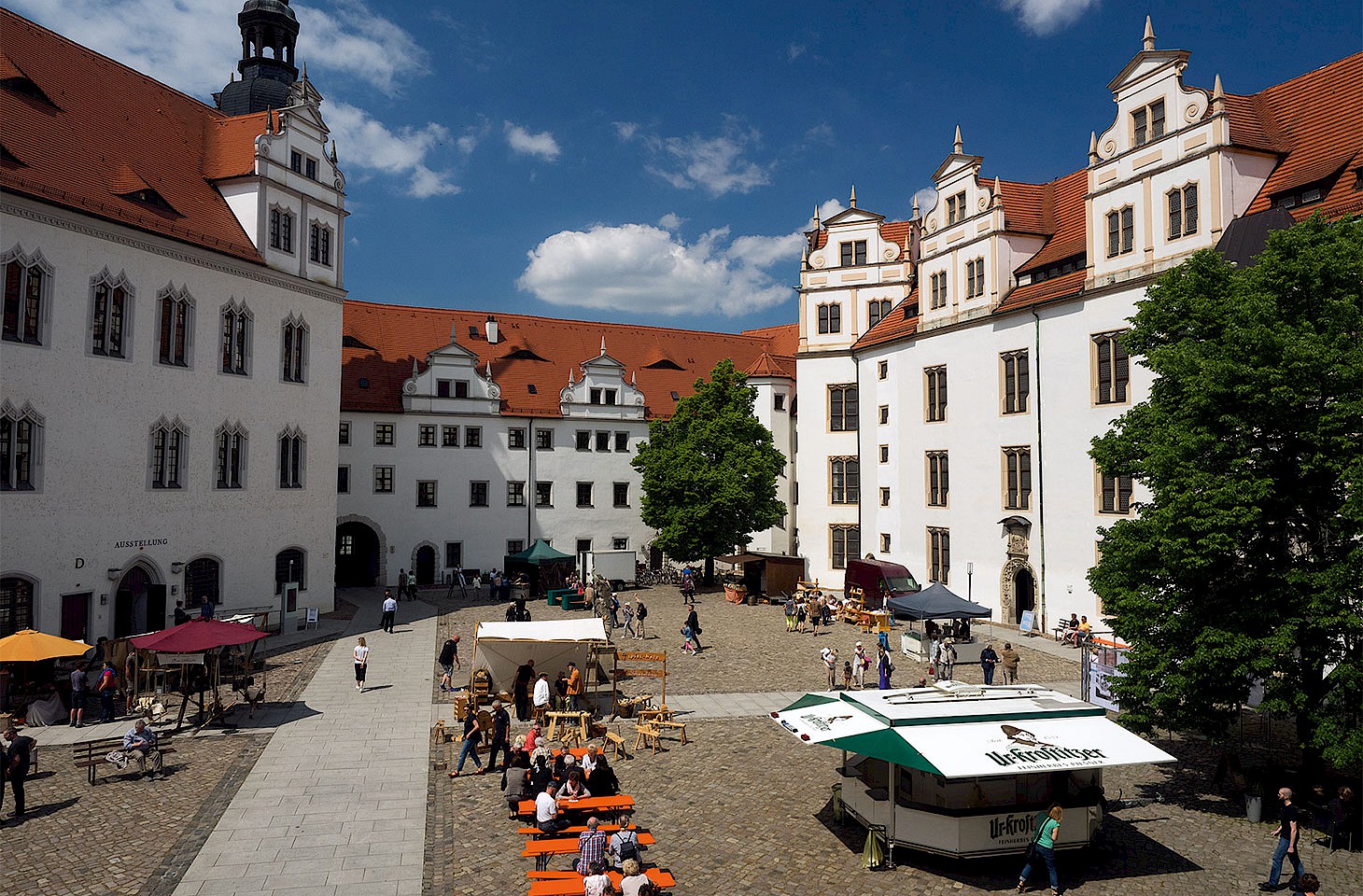Dear fellow travellers
Sopron is one of those places with a sense of being in the heart of Europe. We arrived after a long overnight train journey from Berlin and, as luck would have it, were already able to access our hotel room. A snooze and a shower, and then we were ready to head off and explore Sopron.
One hundred years ago, this small town in western Hungary was much in the news. Few places were so shaken by the dissolution of the Austro-Hungarian Empire. Much of German-speaking western Hungary was ceded to Austria, where today it forms Austria's easternmost state. The region is called Burgenland.
But in the town of Sopron, Germans and Hungarians were equally numerous. To the German-speaking population the town was known as Ödenburg.
Delegates charged with negotiating the Treaty of Saint-Germain-en-Laye that was signed in 1919 were torn over what to do. And political turbulence in both Vienna and Budapest certainly didn't help. In and around Sopron / Ödenburg there were skirmishes and unrest as gangs sought to secure territory and impose their preferred linguistic identity.
In an unusual case of direct democracy, a plebiscite was held in which the status of Sopron as part of Hungary was finally settled. Italy took the lead in mediating agreement between the two sides. Provision was made to protect the rights of Hungarian and Croatian minorities in Austria's newly acquired Burgenland province, in much the same way that the Slovenes in Austrian Carinthia had been afforded special legal protection.
For a generation or two, many residents of the Burgenland mourned the loss of Ödenburg, a handsome town which had been a natural hub of the region. In the post-Habsburg order, Ödenburg / Sopron was separated from Austrian Burgenland by a border. After the Second World War, Sopron found itself just east of the Iron Curtain, with a hard border snaking through the fields just west of the town.
As we explored Sopron, it was a joy to see how, in the years after the end of the Cold War and particularly after Hungary's accession to the European Union, Sopron has reasserted its status as a town which challenges linguistic, cultural and political frontiers. For the Viennese, Sopron is the most accessible town in Hungary, little more than an hour from the Austrian capital by train. It's a popular excursion destination - a place for coffee and cake, concerts and cheap dentistry.
In the 1921 plebiscite, Sopron played the Hungarian card. In a Europe where borders have faded, it now emphasises its position as a border-breaker, a natural market town and cultural hub that serves not only a good part of western Hungary but also much of Austria's Burgenland region.
Trains from Vienna to the Burgenland town of Deutschkreutz actually pass through Hungarian territory and stop at Sopron along the way. That this is done without great formality speaks volumes about how far Europe has come in recent years.
But there are still the shadows of history. Deutschkreutz was once well known by its Hebrew name of Zelem. Sopron was once a town with glorious synagogues and a vibrant Jewish life. Restoration is not a process that ends with the opening of frontiers. A Europe that resonates in full voice must surely transcend merely nationalist thinking and embrace wider multinational ambition.
Nicky Gardner & Susanne Kries
(editors, hidden europe magazine)



